Relics of Decimal Time from 1793-1795
•
The collection of scientific instruments at the Musée des Arts et Métiers in Paris, France includes a few decimal clocks and pocketwatches. When filming the kilogram and meter standards, I learned about decimal time from Dr. Lalande, who is a curator of scientific instruments at the Musée.
An introduction to the museum, by Thierry Lalande, curator of scientific instruments.
His section includes some decimal clocks made in the 1790s. Some of the timepieces show 10 hours and their subdivisions only; others also include duodecimal time markings.
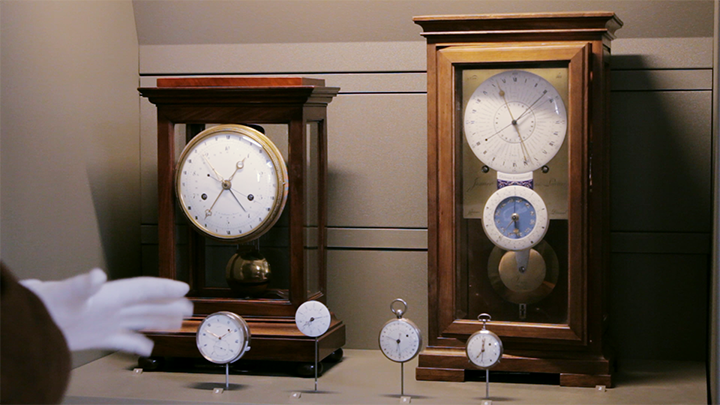
During the French Revolution, the desire to convert all measurement systems to base 10 included changing the way time was named, managed and measured.
Curator Thierry Lalande discusses which decimal-based units succeeded in the longterm.
Since the 1750s, prominent French mathematicians and other scholars had discussed the benefits of decimalized calculations, and in 1793, Jean-Charles de Borda officially proposed decimal divisions for days and hours: 10 hours of 100 minutes. Each minute had 100 seconds (about 14% shorter than traditional seconds).
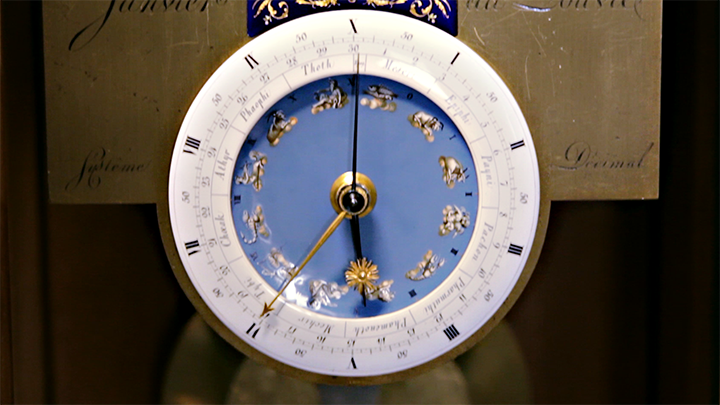
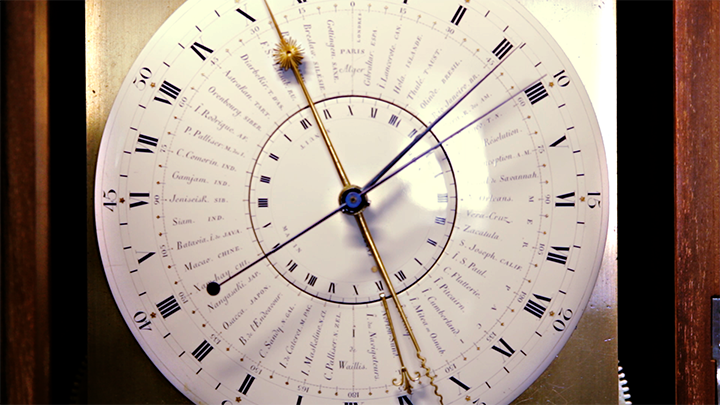
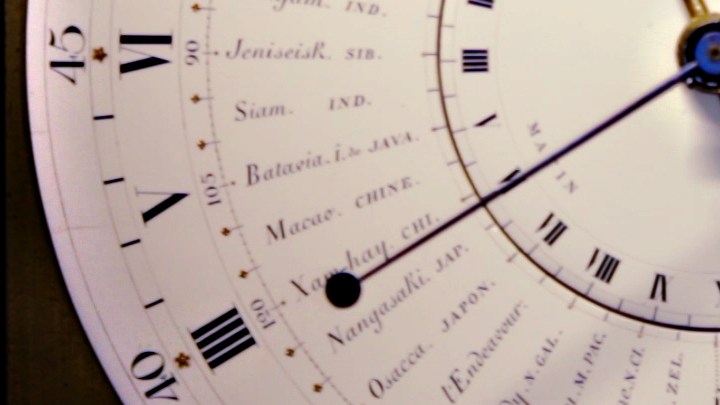
The calendar would keep 365 days (or 366 in leap years) but the 12 months would be of uniform duration, all having 30 days. These months were given new names that celebrated the seasons and farming, for example, fructidor was the third of the summer group of months (who suffixes were -dor) and named after fruit. Months were divided into 3 décades of 10 days, and the tenth day, called décadi, replaced Sunday as a day of rest. The remaining five or six days became holidays, not commemorating saints or kings, but activities considered to further humankind and the nation, such as virtue, labor and the Revolution itself.
Relics of Decimal Time from 1793-1795 from The State of the Unit on Vimeo.
While decimal-based weights, measures, and currency were eventually adopted in France, decimal time and the French Republican calendar failed. In September 1805, Napolean Bonaparte declared that in 1806 France would resume using the Gregorian calendar. Several scholars point to his desire to reconcile with the Church, as the Revolutionaries had used the 10-day “week” to divert attention away from traditional Sunday activities. The Republican calendar lasted about 12 years, but mandatory use of decimal time lasted only 197 days, from September 22, 1794 to April 7, 1795.
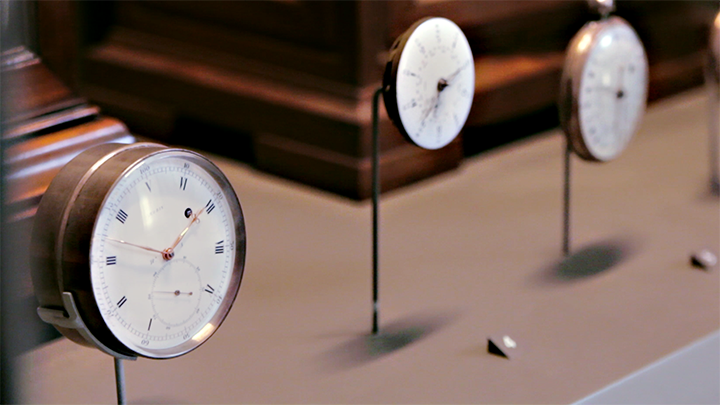
Why? Decimal time was approved by the State (some towns installed decimal clocks that continued to run after the 10-hour day was no longer mandatory) and using the state-sanctioned measures was a sign of support. But unlike standardized weights and measures, or decimal currency, decimal time didn’t solve a widespread problem3.
Beyond the inherent appeal of base-10 mathematics to decision-makers of the time, decimal time made it easier to know exactly how much of the day had passed. But these two advantages weren’t enough to justify the hassle of new notation and the expense of new mechanical devices. Though official, decimal time was used only by a few people for specialized areas, notably the mathematician Jean-Pierre Laplace.
Curator Thierry Lalande talks about decimal time (10 hours per day, 100 minutes per hour, 100 seconds per minute) put into effect in the French Republic in 1793. He points out that as we now measure time in shorter durations, our measurement system changes bases: specifically from base 24 (vegisimal) for hours in a day, to base 60 (sexagesimal) for minutes and seconds, then to base 10 (decimal) to subdivide the second.
We marvel at the Musée’s pieces for different reasons. Some for the precision and craftsmanship achieved hundreds of years ago, like the meter standards that are only 0.2mm different from our current meters. Others, like the locks and keys, are more beautiful examples of what has become commonplace and produced in a large scale. Others are early examples of technology, like the giant fax machine or the working Vélibe bicycle dock. The decimal clocks illustrate another aspect of history: a different approach to measuring time.
Thierry Lalande explains why there are little train tracks running all over the musem.
References
- Shaw, Matthew. Time and the French Revolution: The Republican Calendar, 1789-Year XIV, 2011. 45.
- Yvan Pointurier. http://www.pointurier.org/travel/france/paris/Museums/ArtsEtMetiers/ includes a close-up photo with the caption: “Precision watch with decimal seconds, Robert Robin, 1793.”
- Vera, Hector. Decimal Time: Misadventures of a Revolutionary Idea, 1793–2008. KronoScope 9.1–2 (2009) 29–48.
- Doyle, William. The Oxford History of the French Revolution, 2003. Ch. 12.
- Marciano, John Bemelmans. Whatever Happened to the Metric System?: How America Kept Its Feet. 2014. Ch. 5.
- Andrew, George Gordon. Making the Revolutionary Calendar. The American Historical Review, Vol. 36, No. 3 (April 1931), pp. 515-532.